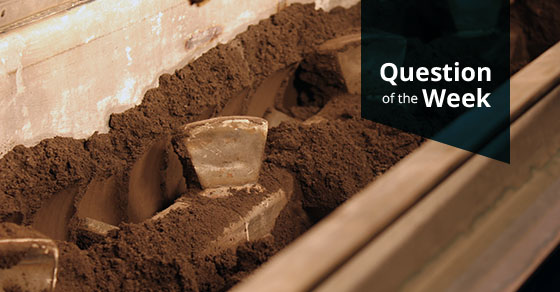Conditioning refers to the processing of bulk solids material for improved efficiency of downstream processing, improved material handling, or to improve product performance.
Conditioning can be accomplished using numerous processes and equipment, all varying on the unique characteristics of the material to be processed and end product requirements. Pin mixers, pugmill mixers, and rotary drums are common conditioning equipment.
Pin mixers are ideal for conditioning ultra-fine materials. A single shaft affixed with rods, or pins, rotates at a constant speed. The spinning action causes the material, in combination with binder (or water), to densify into small agglomerates.
Pug mills are chosen as a conditioning device for demanding settings which require a more heavy-duty solution. They use dual, rotating shafts affixed with pitched paddles to create a kneading and folding over action to mix the material, and binder (or water).
Rotary drums are often selected for conditioning granules created via roll compaction. Granules created in a roll compactor often have jagged edges that are prone to attrition. The tumbling action inside of a rotary drum knocks off these loose edges, and can further round them.
Conditioning is often a necessary step in bulk solids processing, allowing one to control the characteristics of a material to suit their needs. If your process could benefit from conditioning, contact FEECO today to learn more about our offerings.


